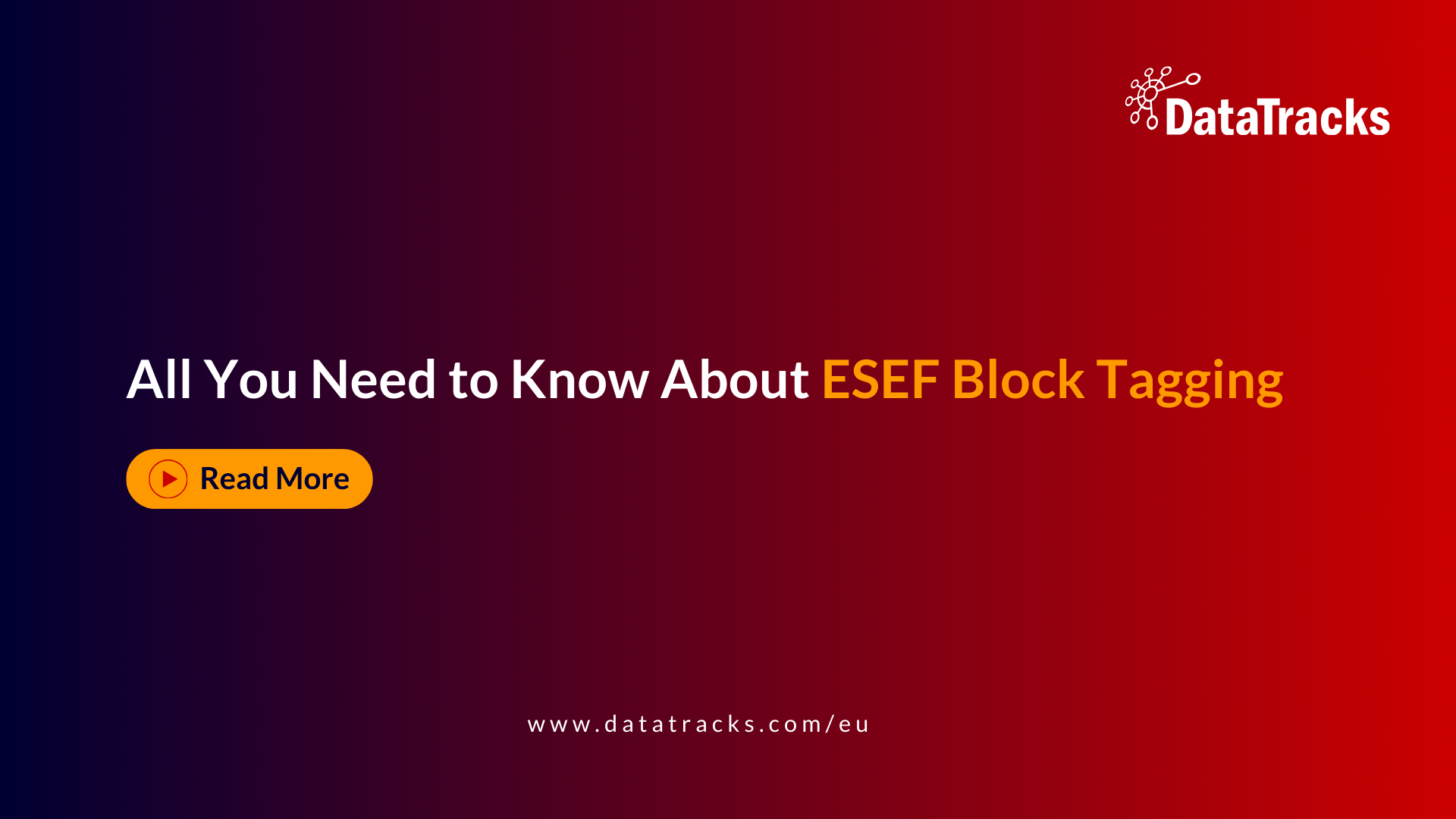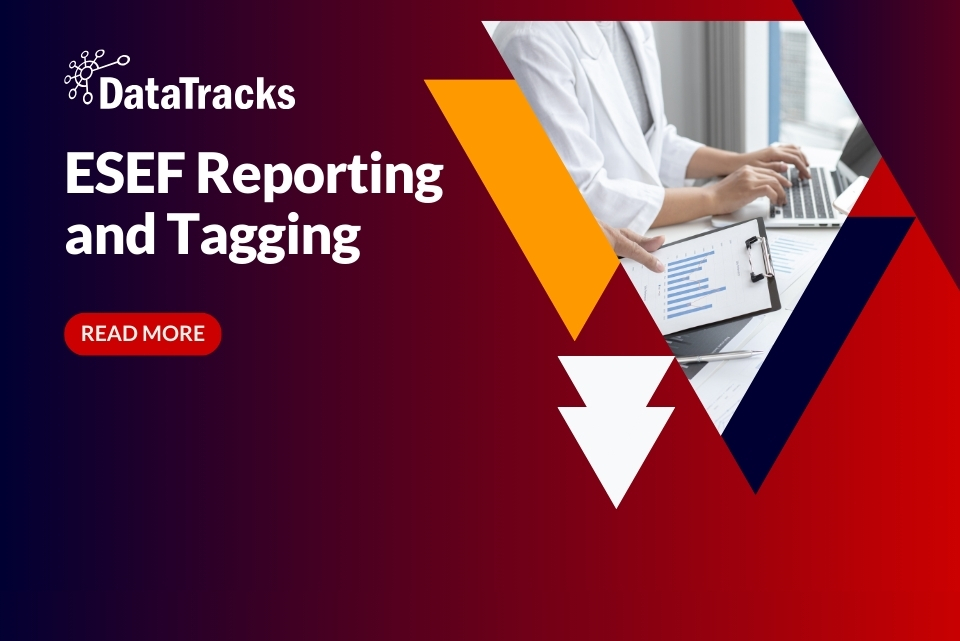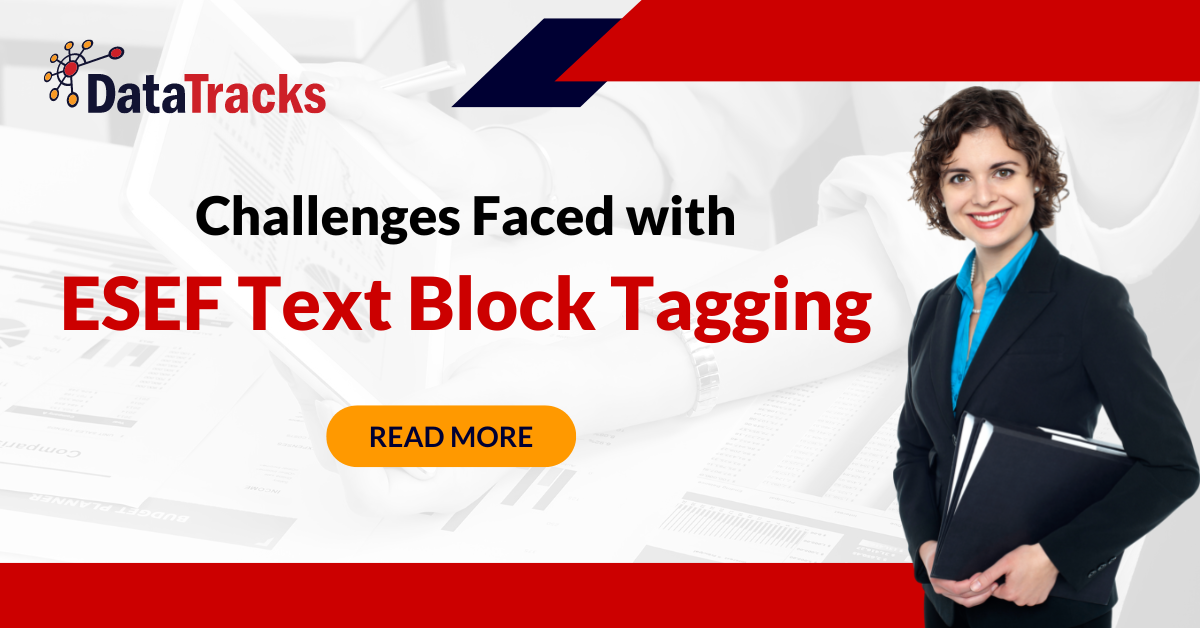Mastering ESEF Tagging: A Guide for Financial Professionals
Introduction
An expansion of the International Financial Reporting Standards (IFRS) for information tagging, ESEF tagging entails arranging financial data by the ESEF taxonomy. Issuers are required by the ESEF mandate to “block tag” the notes to their financial statement, which involves tagging the content of a whole report section to the relevant ESEF taxonomy element.
Companies operating in the European Union must abide by ESEF if their securities are listed on a regulated market. This includes businesses whose stocks are listed on the primary European Union market, including the Euronext and London Stock.
What is an ESEF report?
A prevalent misperception is that an ESEF report consists of just one file. ESEF reports are not supplied as a single file but as a .zip package to bundle these components. Comprehending the style and arrangement of this report is crucial to guarantee that it fulfils all the prerequisites for submission.
There are two parts to an ESEF annual financial report:
- The report must be in XHTML.
- The technical data on mathematical relationships and extensions are found in the ESEF taxonomy package.
Guidelines for Compliance with ESEF Regulations
To help businesses and software providers adhere to ESEF reporting standards, ESMA (European Securities and Markets Authority) offers supporting material and technical guidance in addition to the official taxonomy.
To help you prepare your yearly financial reports, we have compiled a list of the most crucial ESEF criteria. This list covers the main points of the ESEF mandate. Here are the guidelines for compliance with ESEF regulations for ESEF Block Tagging:
Annual Reports in XHTML: Must be human-readable and can open with any standard web browser.
Embed iXBRL within XHTML: Consolidated financial statements should have XBRL tags embedded in iXBRL format within the XHTML file.
Detail-oriented Markup: Primary financial statements like income statements, balance sheets, cash flow statements, and changes in equity require detailed ESEF tagging
iXBRL Tagging for Consolidated Statements: AFRs with combined statements by IFRS must be labelled with iXBRL tags
Block Tag Notes: Apply ESEF block tagging to notes and accounting policies using iXBRL.
ESMA-endorsed Taxonomy Rules: Use only ESMA-endorsed taxonomy elements; creating arbitrary elements is prohibited.
Exclude Executable Code: Remove executable code from images, links, and style properties to avoid security threats and validation errors.
File Size Limit: There is no specified limit, but some regulators may have restrictions, typically around 100MB
Submission in ZIP Format: The ESEF report contains an XHTML file and a taxonomy package. Must conform to the Taxonomy Package specification outlined in the ESEF Reporting Manual’s Guidance 2.6.1.
One would need to concentrate on comprehending the XBRL taxonomy unique to ESEF Tagging. They should connect financial data to XBRL components and ensure that all regulatory criteria are met to become proficient at ESEF tagging.
Why Choose DataTracks?
Our XBRL specialists and regulatory compliance team can assist you in staying abreast of the law and putting into practice workable solutions that best suit your company’s requirements. Our esef reporting software are made to guarantee total security, flexibility, quality, and dependability.
You may create error-free regulatory reports on time and with little effort by using our strong and trustworthy solutions, giving you peace of mind. Reach us at enquiry@datatracks.eu or call +31 20 225 3702 for business enquiries.


